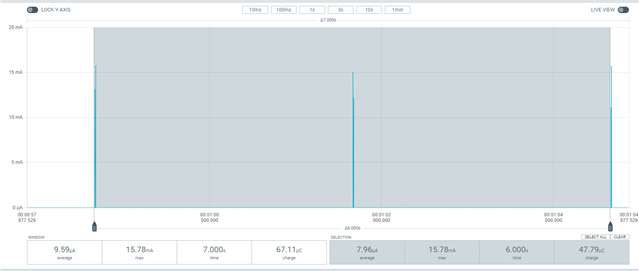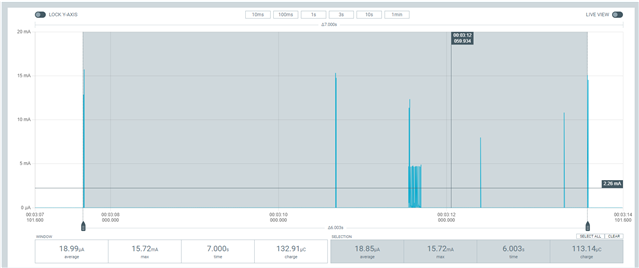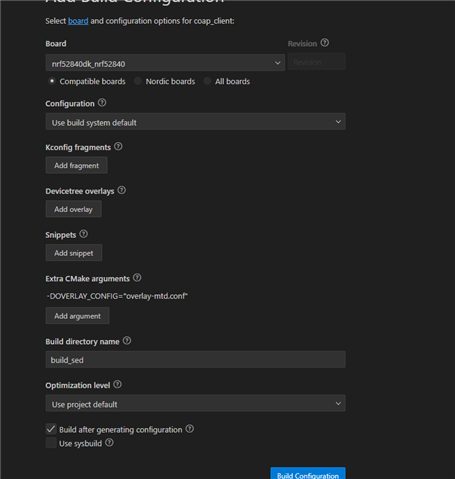Our team is building a smart lock for hotels.
- nRF52840 chip being used
- Thread as the communication protocol
- Pcb will be powered by 4x aa batteries that I expect to last 6 months minimum.
- Want to use Mqtt or nats for the smart locks to send/receive events.
Now in order for our smart lock to get commands to "create new access code" or "unlock door" I will need to receive events that the lock is subscribed to with either mqtt or nats. My question is after the chip is connected to the thread created by a border router with internet access I am under the impression that the smart lock pcb nRF52840 firmware has internet access just as if it had an onboard wifi connection. Is that correct to assume that I can use the mqtt client directly on the node?
Also what would be the best approach to save battery power? I do expect a lock store the new created access code event within 5-10 seconds of creation. I was reading on SSED and got really confused on how a mqtt subscribed event coming from my broker would be handled when a SSED node is sleeping. Does the border router hold it until the node wakes up? Do I need to program that logic in the border router or is it handled automatically? Or do i put a mqtt broker in the border router that takes in subscribed events from my cloud broker and pushes it to the SSED devices when they wake up?
If someone could suggest the best solution for a smart lock that needs to be battery efficient and will receive/send events with preferably no more then 5 second latency I would tremendously appreciate it.





